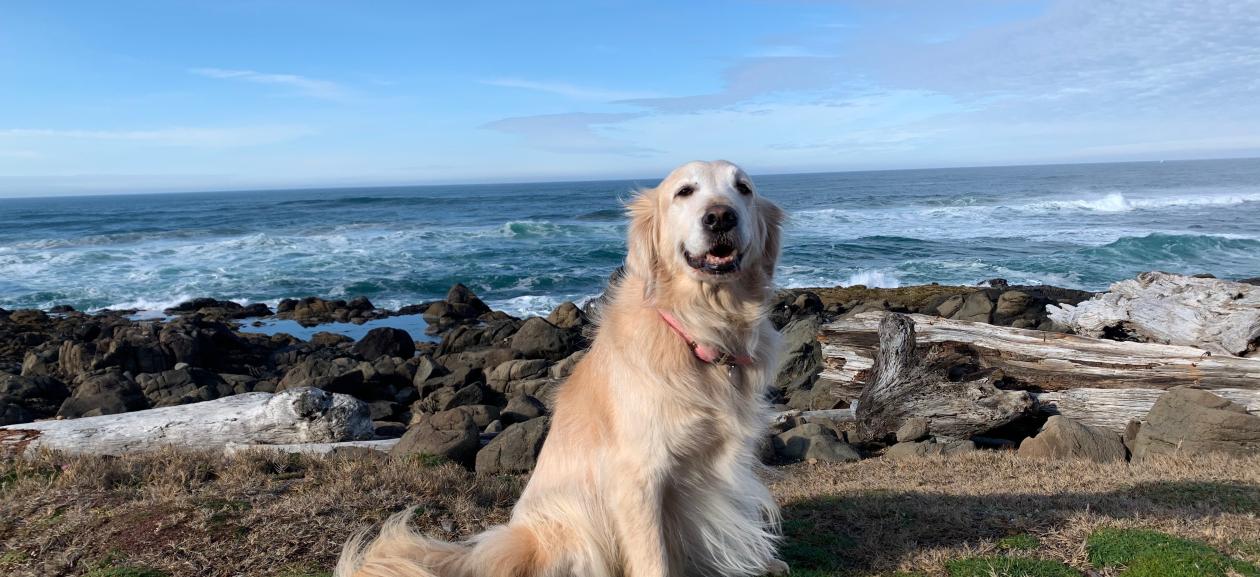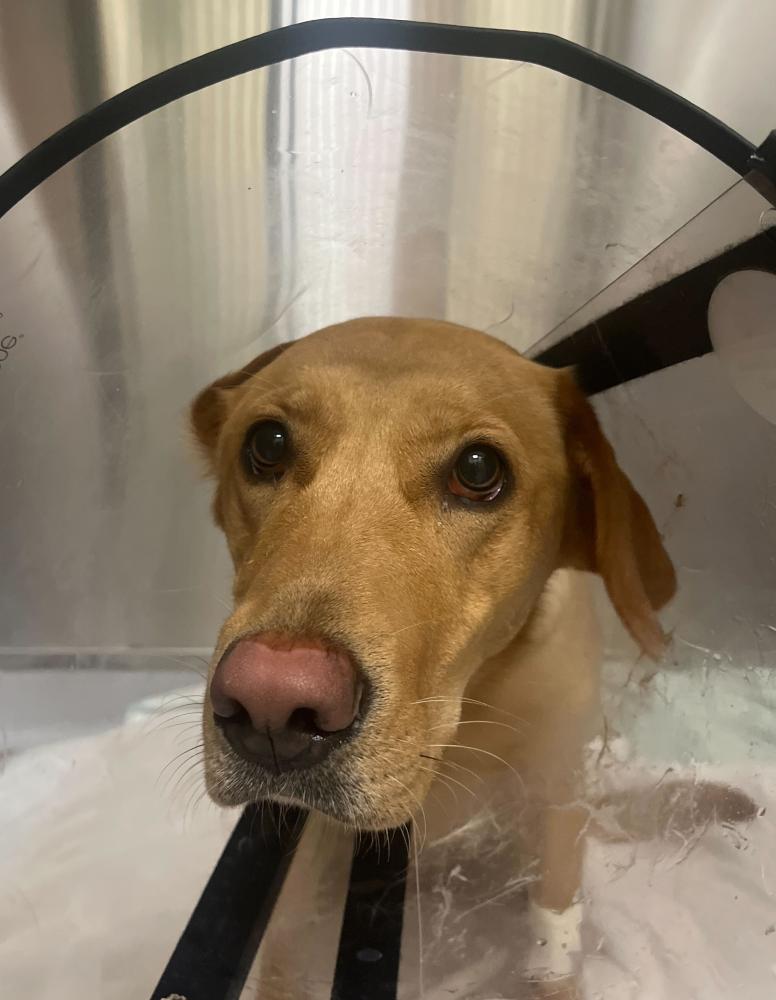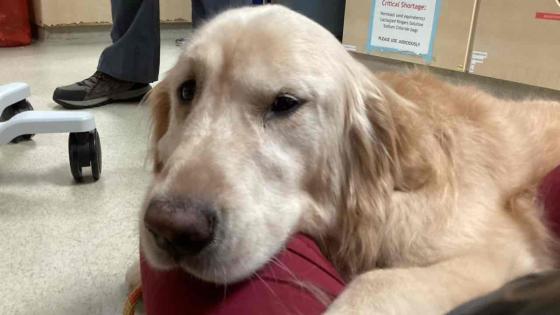
Water Safety for Pets: What Every Pet Parent Needs to Know
Summertime is perfect for playing in sprinklers, jumping in lakes, and cooling off with a hose. But while all that water fun can be a great way for pets to stay cool and active, it also comes with a few hidden risks. Most pet parents know to watch for signs of drowning—but fewer people are aware of a condition called water intoxication, which can happen when a dog ingests too much water, too quickly.
That’s exactly what happened to a young pup named Indy.
When Water Fun Took a Scary Turn
Indy is a playful, happy-go-lucky dog who loves chasing water from the hose in her backyard. Her family had noticed she tended to drink a lot while playing and would occasionally vomit up a bit of water afterward. But one afternoon, things felt… off.
 Indy started pacing, gagging, and foaming at the mouth. She looked restless and uncomfortable—she just couldn’t seem to settle. She was drooling more than usual, and the symptoms kept getting worse. Her worried family rushed her to DoveLewis, where our team jumped into action.
Indy started pacing, gagging, and foaming at the mouth. She looked restless and uncomfortable—she just couldn’t seem to settle. She was drooling more than usual, and the symptoms kept getting worse. Her worried family rushed her to DoveLewis, where our team jumped into action.
We suspected water intoxication, also called hyponatremia. It’s a dangerous condition that happens when a pet consumes so much water that it throws off the sodium balance in their bloodstream. That can lead to swelling in the brain, loss of coordination, nausea, seizures, and in severe cases, even death.
Indy was admitted to our ICU, where she was carefully monitored. Our team tracked her electrolytes, provided IV fluids, and gave her medications to ease her nausea and discomfort. Thankfully, after a night of close observation, Indy’s condition improved, her lab work returned to normal, and she was able to go home—tired, but safe and sound.
What Is Water Intoxication?
Water intoxication happens when pets drink more water than their bodies can process, usually during extended water play. This causes the body’s sodium levels to drop too low (hyponatremia), which can make cells swell, especially in the brain.
At-risk situations:
- Chasing water from a hose or sprinkler
- Repeatedly retrieving toys from pools, lakes, or rivers
- Playing for long periods in water without breaks
- Small or lean-bodied dogs can be affected more quickly
Signs to Watch For:
- Staggering or loss of coordination
- Vomiting or excessive drooling
- Restlessness, pacing, or unusual behavior
- Pale gums
- Seizures or collapse
If your pet shows any of these symptoms during or after water play, head straight to an emergency animal hospital like DoveLewis. Water intoxication can worsen quickly, and fast treatment can save your pet’s life.
Know the Signs of Drowning or Water Distress
Even strong swimmers can get into trouble. Drowning in pets is often quiet and fast—dogs and cats may not bark or thrash like we might expect. They can slip under the water or struggle silently. Signs of drowning or near-drowning includes:
- Low head position with nose barely above water
- Gasping, coughing, or wheezing after being pulled from water
- Unresponsiveness or confusion
- Blue-tinted gums or tongue
- Vomiting foam or water
Even if your pet seems fine after a near-drowning, they may develop aspiration pneumonia from inhaling water—this can take hours to appear. A quick vet visit can save their life.
How to Keep Pets Safe Around Water
You don’t have to avoid water play altogether—just take a few precautions to keep it safe and fun:
- Supervise all water play. Never leave pets alone near pools, rivers, ponds, or running sprinklers.
- Take breaks. Give your dog regular rests so they’re not constantly swallowing water.
- Limit hose-chasing. It’s cute, but it can quickly lead to overhydration.
- Use a life vest. Especially helpful for small dogs, senior pets, or any pup around open water.
- Teach them where the exit is. Make sure your pet knows how to get out of the pool or water area easily.
- Avoid lakes or rivers with algae blooms. Toxic algae, especially blue-green algae, can be deadly to pets. Keep pets out of murky or discolored water and always rinse them off after swimming outdoors.
- Watch for unusual behavior. Trust your instincts—if your pet seems off, call your vet.
Indy’s family did exactly what we hope every pet owner would do—they noticed something wasn’t right and acted fast. Thanks to their quick thinking and a dedicated care team, Indy made a full recovery. But her experience is an important reminder: Even something as simple as playing in the hose can become dangerous.
So this summer, keep a close eye during splash time, take breaks, and know the signs. Because every adventure should end in tail wags, not a trip to the ER.
Recent Posts
Holiday Hazards for Your Pet
Deck the halls with boughs of holly … but be sure it’s out of reach of your furry friends! It’s easy to get swept up in the festivities of the season, but don’t forget that added fun means added risks for your pets.
Why Chocolate Is So Risky for Pets
Milk or dark, candy or cake – chocolate may be one of our favorite sweet treats, but it’s definitely not meant to be consumed by our pets.




